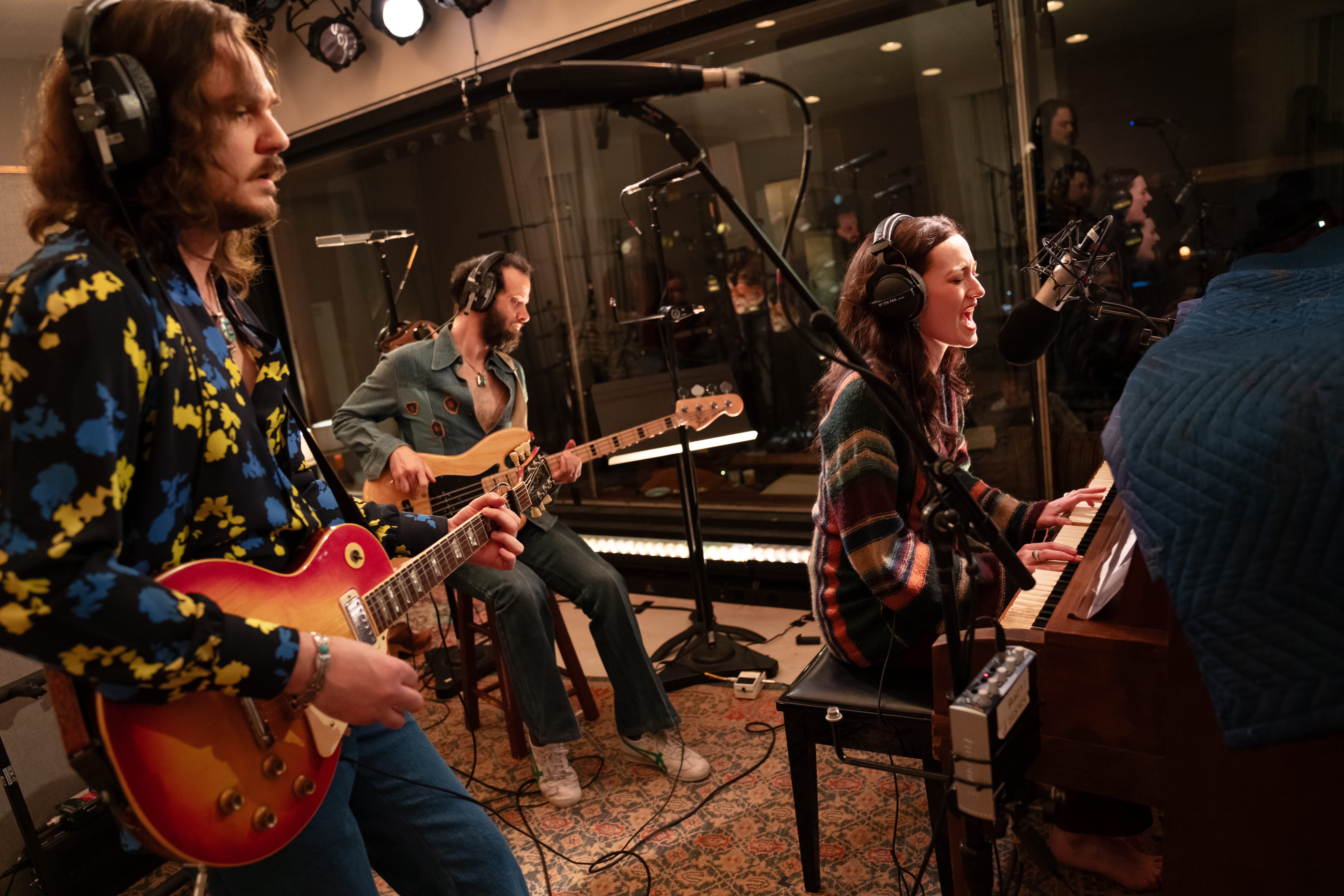Putting Whiteness on Display in The White Card

(© Gretjen Helene)
For all of the questions that bubble to the surface in The White Card, the new Claudia Rankine play currently in its world premiere in an American Repertory Theater and ArtsEmerson coproduction, there aren’t any easy answers.
The play, from the acclaimed author of Citizen: An American Lyric, tackles race in a fascinating and altogether bracing way that makes for a compelling but ultimately somewhat dramatically muted evening. But for all the dramaturgical finesse missing from The White Card, this production, under the direction of Diane Paulus, feels like a major event.
Where The White Card mostly stumbles is in its dialogue, which often feels too deliberate, as if Rankine is trying to check all the boxes of things that should be said when discussing — or arguing about — race. Talking about race with, say, a racist is a pretty cut-and-dried thing. But how about with white, liberal, wealthy New Yorkers who are unable to see that their own privilege is a major factor in any conversation about race? What if the way through this great American racial divide is actually through focusing on whiteness? This is one of the several different suggestions Rankine proposes, and she makes a strong case here that she’s likely onto something. But the haphazard nature of the dialogue is its detriment.
Virginia and Charles are the aforementioned white, liberal, wealthy New Yorkers who, together with their art whisperer, Eric, are throwing a dinner party for Charlotte (a magnificent Karen Pittman), an African-American artist busy with her next work, a restaging of the 2015 Charleston, South Carolina, church shooting.
Virginia and Charles hope to acquire some of Charlotte’s work — they already have a collection of black art — and seem to have a particular affinity for art that deals with black protests and the killing of unarmed African-Americans. It’s disturbing and, frankly, creepy, but they fancy themselves socially woke allies whose philanthropic efforts are undeniably something to be proud of.
Virginia and Charles have two sons: Alex, an activist who arrives at the apartment fresh from a Black Lives Matter protest, and an unseen son currently in prison for a white-collar crime. If Virginia and Charles already don’t seem like caricatures, then Alex’s activism surely catapults things into territory that just doesn’t ring true.
Before they can all really get to discuss Charlotte’s art, things fall apart, as they always seem to do in theatrical dinner parties. There’s yelling, blaming, drinking, and slamming as the evening disintegrates. Charles and Virginia do not acquire Charlotte’s work, and Charlotte chooses instead to exhibit her work at the Studio Museum in Harlem. The play’s second scene occurs in Charlotte’s studio about a year after the dinner party, and events quickly turn just as messy.
But we still don’t know much about these characters. While it might be deliberate to make the white characters in the play as unlikable and stereotypical as possible, the play feels underdeveloped and full of one-note performances. Only Pittman’s Charlotte comes off as a compelling and fully realized character.
Diane Paulus is known for creating visual spectacle, and The White Card is no exception. The space is entirely constructed on the Robert J. Orchard Stage just for this play, and it is as visually jarring as the many themes tossed around in the play. Rather than using the proper stage and house, a smaller, sleek cube has been built on the Orchard stage, housing both the audience and the new runway-like playing space. Designed by Riccardo Hernandez, this pristine white set is spectacular, evoking a sterile and lab-like environment in which the audience, positioned on either side of the action, is under just as much of a microscope as the play itself. Stephen Strawbridge’s lighting adds to this effect, illuminating both the action and the audience. Part of the visceral, communal experience of attending The White Card is watching those across from you watch the play.
Despite the play’s room for improvement, The White Card is an important work that feels destined for a long life. And with Paulus involved, it’s hard not to assume that this production will find its way to New York sometime soon. As for the way it stands now, the questions raised are more than enough to keep the well-educated, liberal white folks of Boston up at night.











